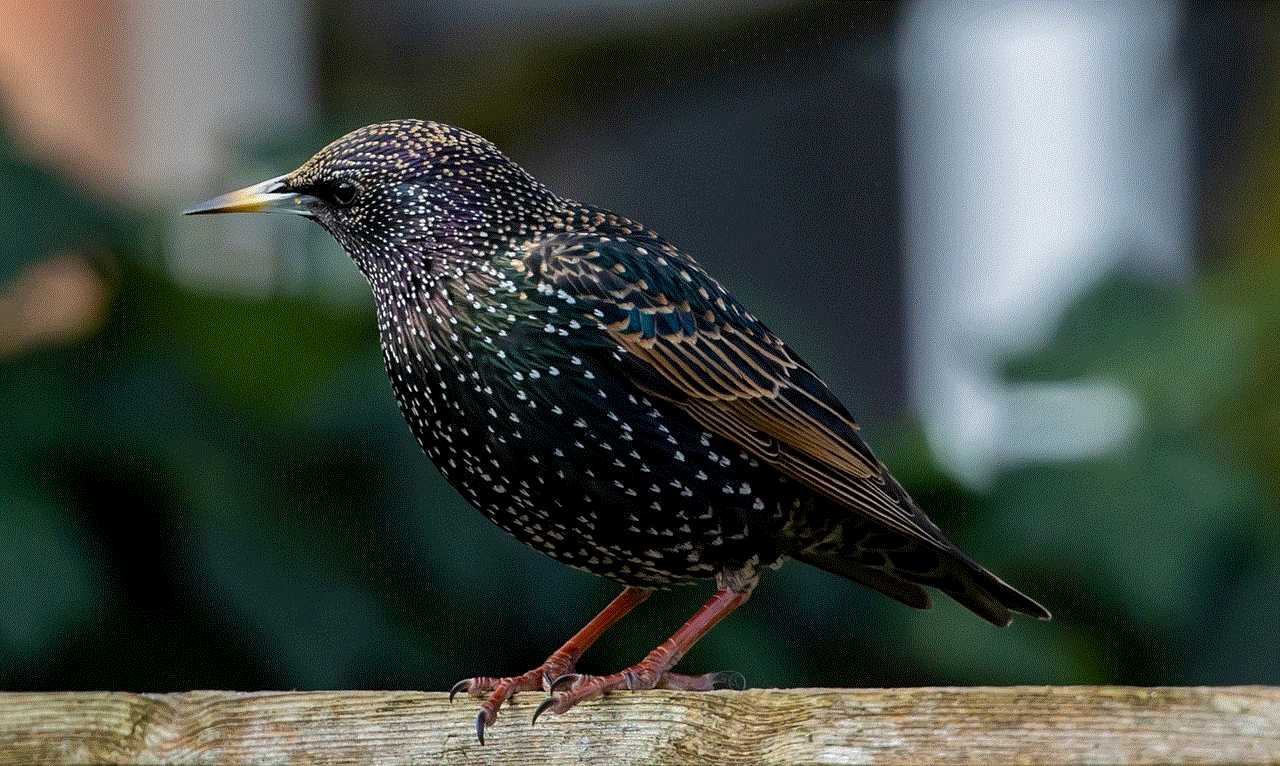sample teen contracts
As teenagers navigate their way through the ups and downs of adolescence, it can be challenging for both parents and teens to establish clear boundaries and expectations. This is where a teen contract can be a helpful tool for families. A teen contract is a written agreement between parents and teens that outlines specific rules, responsibilities, and consequences. It can be used to address issues such as curfew, grades, chores, and technology use. In this article, we will explore the benefits of using teen contracts and provide a sample contract for parents and teens to use as a guide.
Benefits of Using Teen Contracts
1. Promotes Open Communication: A teen contract provides a platform for parents and teens to discuss important issues and come to an agreement together. It encourages open communication and allows both parties to express their concerns and expectations.
2. Establishes Clear Boundaries: As teenagers push for more independence, it can be challenging for parents to set and enforce boundaries. A teen contract clearly outlines the rules and expectations, leaving no room for confusion or misunderstandings.
3. Encourages Responsibility: With a teen contract, teens are held accountable for their actions and are aware of the consequences if they fail to meet their responsibilities. This promotes a sense of responsibility and helps teens develop important life skills.
4. Builds Trust: By involving teens in the process of creating a contract, parents are showing that they trust their teens to make responsible decisions. This can help build trust and strengthen the parent-teen relationship.
5. Teaches Negotiation and Compromise: Creating a teen contract involves negotiation and compromise from both parties. This is an important life skill that teens can learn and apply in their future relationships and careers.
6. Reduces Conflict: With clear rules and consequences in place, a teen contract can help reduce conflicts between parents and teens. When a disagreement arises, both parties can refer to the contract and come to a resolution.
7. Encourages Goal Setting: A teen contract can also include goals that the teen wants to achieve. This can range from academic goals to personal goals. By setting goals, teens can work towards achieving them and feel a sense of accomplishment.
8. Provides Structure: As teens become more independent, it can be easy for them to feel overwhelmed or lost without structure. A teen contract provides a framework for them to follow and helps them stay on track.
9. Prepares Teens for Adulthood: A teen contract prepares teens for the real world where they will have to follow rules and meet responsibilities. It gives them a taste of what it’s like to live on their own and prepares them for the responsibilities of adulthood.
10. Promotes a Sense of Ownership: By involving teens in the process of creating a contract, they feel a sense of ownership over the agreement. This can motivate them to follow the rules and meet their responsibilities.
Sample Teen Contract
Parent-Teen Contract
This contract is made between (parent/guardian’s name) and (teen’s name) on (date)
Rules and Expectations
1. Curfew: (Teen’s name) agrees to be home by (time) on weekdays and (time) on weekends. If they are going to be late, they will call or text to inform their parent/guardian.
2. School: (Teen’s name) agrees to maintain a minimum GPA of (insert GPA) and complete all assignments on time. If they are struggling in a subject, they will seek help from their teacher or a tutor.
3. Chores: (Teen’s name) agrees to complete the following chores on a weekly basis: (list of chores). If they fail to complete a chore, they will lose (insert consequence).
4. Technology Use: (Teen’s name) agrees to limit their screen time to (insert time) hours per day. They will also respect the rules of technology use set by their parent/guardian.
5. Respect: (Teen’s name) agrees to show respect towards their parent/guardian and other family members. They will also refrain from using hurtful or disrespectful language.
6. Alcohol and Drugs: (Teen’s name) agrees to not consume alcohol or use drugs. If they are offered drugs or alcohol, they will say no and inform their parent/guardian.
7. Driving Rules: If (teen’s name) has a driver’s license, they agree to follow all traffic laws and not drive under the influence of alcohol or drugs.
Consequences
1. For breaking curfew, (teen’s name) will lose their privilege to go out for (insert time period) and will have an earlier curfew for the following week.
2. For failing to maintain a minimum GPA, (teen’s name) will lose their phone and/or internet privileges for a week.
3. For not completing a chore, (teen’s name) will have to complete an additional chore the following week.
4. For breaking the rules of technology use, (teen’s name) will lose their technology privileges for (insert time period).
5. For showing disrespect, (teen’s name) will have to write a letter of apology and perform a random act of kindness for a family member.
6. If (teen’s name) is caught consuming alcohol or using drugs, they will face consequences as decided by their parent/guardian.
7. For breaking any driving rules, (teen’s name) will lose their driving privileges for (insert time period).



Goals
(Teen’s name) will set and work towards achieving the following goals: (list of goals).
Signatures
Parent/Guardian Signature: __________________________ Date: _______________
Teen’s Signature: __________________________ Date: _______________
In conclusion, a teen contract can be a valuable tool for families to establish clear boundaries and expectations. By using a contract, parents and teens can promote open communication, trust, and responsibility. It also prepares teens for adulthood and helps them develop important life skills. We hope this sample contract serves as a guide for families looking to create their own teen contract.
how to remove shorts beta from youtube
youtube -reviews”>YouTube has always been a platform for creators to showcase their talent and reach a global audience. With the launch of the Shorts beta feature, YouTube aims to further expand its reach and provide creators with a new way to engage with their audience. However, as with any new feature, there may be instances where creators might want to remove Shorts beta from their channel. In this article, we will explore the steps to remove Shorts beta from YouTube and discuss the reasons why a creator might want to do so.
Before we delve into the details of removing Shorts beta from YouTube, let us first understand what this feature is all about. Shorts beta is essentially YouTube’s answer to the rising popularity of short-form video content, particularly on platforms like TikTok. With this feature, creators can upload vertical videos of up to 60 seconds in length, add music, and use a range of creative tools to make engaging short videos. It is currently available in select countries and is expected to expand to more regions soon.
Now, let us look at the steps to remove Shorts beta from YouTube. The process is quite simple and can be done in a few easy steps. First, log in to your YouTube account and click on the ‘YouTube Studio’ button on the top right corner of the page. This will take you to the Creator Studio dashboard. From here, click on ‘Settings’ from the left-hand menu and then select ‘Channel’ from the options that appear. Under the ‘Channel’ tab, you will find the option to enable or disable Shorts beta. Simply toggle the button to ‘Off’ to remove the feature from your channel. Once you have made the changes, click on ‘Save’ at the bottom of the page, and you’re done.
Now that you know how to remove Shorts beta from YouTube, let us look at the reasons why a creator might want to do so. The most common reason is that they might not be seeing the expected results from the feature. While Shorts beta has gained popularity among some creators, others have not seen the same level of success. This could be because the short-form video format may not be suitable for their content or target audience. In such cases, it makes sense to remove the feature and focus on creating content for their main channel.
Another reason why a creator might want to remove Shorts beta from their channel is that it may not align with their brand image. YouTube channels are built on a specific niche or theme, and adding a new type of content might not sit well with their existing audience. For example, if a channel is focused on educational content, adding short, entertaining videos might not be in line with their overall brand. In such cases, it is better to stick to the core content and remove Shorts beta from the channel.
Some creators might also feel that Shorts beta is taking away the attention from their main content. With the rise of short-form video platforms, it is easy to get caught up in the trend and try to create content for every new feature. However, this can result in a dilution of the main content and may lead to a decrease in views and engagement. By removing Shorts beta, creators can refocus on their core content and maintain the quality of their channel.
Another important reason to remove Shorts beta from YouTube is that it may not be suitable for all types of content. While short videos work well for entertainment and lifestyle content, they may not be the best option for tutorial or instructional videos. In such cases, creators might find that their short videos are not getting the views and engagement that their longer videos do. By removing the feature, they can continue to focus on creating the content that their audience loves and engages with.
Furthermore, some creators may want to remove Shorts beta from YouTube simply because they do not have the time or resources to create additional content. With the high demand for short-form video content, creators might feel the pressure to keep up and might not have the time or resources to create engaging short videos. In such cases, it is better to focus on creating high-quality long-form content rather than spreading oneself too thin and creating mediocre short videos.
Another reason why a creator might want to remove Shorts beta from their channel is the lack of monetization options. As of now, Shorts beta does not have any monetization options, unlike regular YouTube videos. This means that creators cannot earn money from the views or engagement on their short videos. For creators who rely on YouTube as a source of income, this can be a major drawback. By removing Shorts beta, they can focus on creating content that is monetizable and generate revenue for their channel.



Moreover, some creators may simply not enjoy creating short-form videos. Not all creators are comfortable with the fast-paced, visually-driven format of short videos. It may not align with their strengths or creative vision, and they might find the process of creating short videos to be stressful or unenjoyable. In such cases, it is better to stick with the content format that they are comfortable with and enjoy creating.
In addition to these reasons, some creators might want to remove Shorts beta from their channel for strategic reasons. For example, a creator might be planning to launch a new series or focus on a specific type of content and might not want Shorts beta to distract from their main content. By removing the feature, they can create a clear and focused channel for their audience.
In conclusion, while Shorts beta is a great feature for some creators, it may not be the best fit for everyone. With the steps mentioned above, removing Shorts beta from YouTube is a simple process that can be done in a matter of minutes. Whether it is due to a lack of results, not aligning with their brand image, or not having the time or resources to create additional content, there are various valid reasons why a creator might want to remove the feature. Ultimately, it is up to the creator to decide what works best for their channel and their audience.
children’s scary books
As Halloween approaches, many children eagerly anticipate dressing up in spooky costumes and going trick-or-treating. For some, the thrill of Halloween extends beyond one night of the year and into the realm of literature. Children’s scary books have been a popular genre for decades, providing young readers with a sense of adventure and a rush of adrenaline. From classic tales to modern hits, there is no shortage of frightening stories to keep children on the edge of their seats. In this article, we will explore the world of children’s scary books, their history, and the impact they have on young readers.
The origins of children’s scary books can be traced back to the late 19th century when authors such as Lewis Carroll and L. Frank Baum wrote stories that pushed the boundaries of traditional children’s literature. These early tales, while not necessarily intended to be scary, often featured fantastical and eerie elements that captured the imaginations of young readers. However, it was not until the 20th century when children’s scary books became a distinct genre in its own right.
One of the earliest examples of a children’s scary book is “The House with the Clock in its Walls” by John Bellairs, published in 1973. This novel follows the adventures of 10-year-old Lewis Barnavelt as he discovers the secrets of his uncle’s mysterious house, including a clock that has the power to bring about the end of the world. With its blend of magic, mystery, and horror, “The House with the Clock in its Walls” set the stage for future children’s scary books.
In the 1980s, the genre saw a surge in popularity with the release of books like “Scary Stories to Tell in the Dark” by Alvin Schwartz. This series of short stories, accompanied by gruesome illustrations, became a cult classic among young readers. The success of “Scary Stories to Tell in the Dark” spawned several sequels and inspired other authors to create their own collections of creepy tales.
As the genre continued to evolve, authors began to explore more complex and adult themes in their children’s scary books. One such example is “Coraline” by Neil Gaiman, published in 2002. This dark fantasy novel follows a young girl who discovers a hidden door in her house that leads to a parallel world. However, this world is not as perfect as it seems, and Coraline must use her wits and courage to escape its clutches. With its exploration of themes such as identity, fear, and bravery, “Coraline” has become a modern classic in the world of children’s scary books.
Another notable example is the “Goosebumps” series by R.L. Stine, which has sold over 400 million copies worldwide since its debut in 1992. These books feature a variety of supernatural and horror elements, from killer plants to haunted cameras, that have captured the imaginations of young readers for generations. The success of “Goosebumps” has spawned several spin-off series, TV adaptations, and even a feature film.
One of the reasons why children’s scary books have remained popular over the years is their ability to tap into the fears and anxieties of young readers. As children navigate their way through the world, they often encounter situations and emotions that can be overwhelming and frightening. Books that explore the darker side of life can provide a sense of catharsis and help children make sense of their fears in a safe and controlled environment.
Moreover, reading scary books can also have a positive effect on children’s emotional and mental development. According to child and adolescent psychiatrist Dr. Elizabeth Berger, scary stories can help children learn to cope with fear and anxiety in real life. “Reading about scary situations can help children feel more in control of their fears and understand that there are ways to cope with them,” Dr. Berger said in an interview with The New York Times.
Apart from their psychological benefits, children’s scary books also serve as a way for young readers to confront and explore their curiosity about the unknown. From ghosts and monsters to witches and vampires, these books introduce children to a world of fantastical creatures and supernatural phenomena. By doing so, they expand children’s imaginations and encourage them to think outside the box.
However, the popularity of children’s scary books has not been without controversy. Some parents and educators have raised concerns about the potential negative effects of exposing children to frightening and disturbing content. Some argue that these books can be too intense for young readers and can lead to nightmares and sleep disturbances.
In response to these concerns, publishers have begun to categorize children’s scary books into different age groups and levels of intensity. For example, the “Goosebumps” series is divided into three levels: “Just Beyond the Door,” “Don’t Turn the Page,” and “Enter at Your Own Risk.” This allows parents and educators to make informed decisions about which books are appropriate for their children’s age and maturity level.
In addition to categorization, some authors and publishers have also taken steps to provide resources for parents and children to discuss and process the content of scary books. For instance, John Bellairs’ “The House with the Clock in its Walls” includes a reader’s guide with discussion questions and activities to help children engage with the story in a meaningful way.



In conclusion, children’s scary books have a long and rich history, and their popularity shows no signs of waning. From classic tales to modern hits, these books offer young readers a sense of adventure, a rush of adrenaline, and an opportunity to confront their fears in a safe and controlled environment. While there may be concerns about the potential negative effects of these books, with proper guidance and categorization, children’s scary books can provide valuable benefits for young readers and continue to be a beloved genre for generations to come.